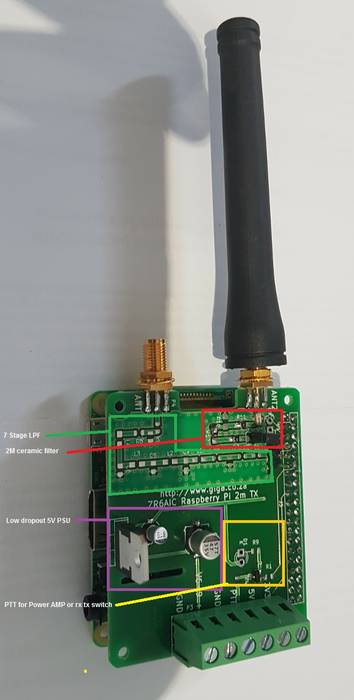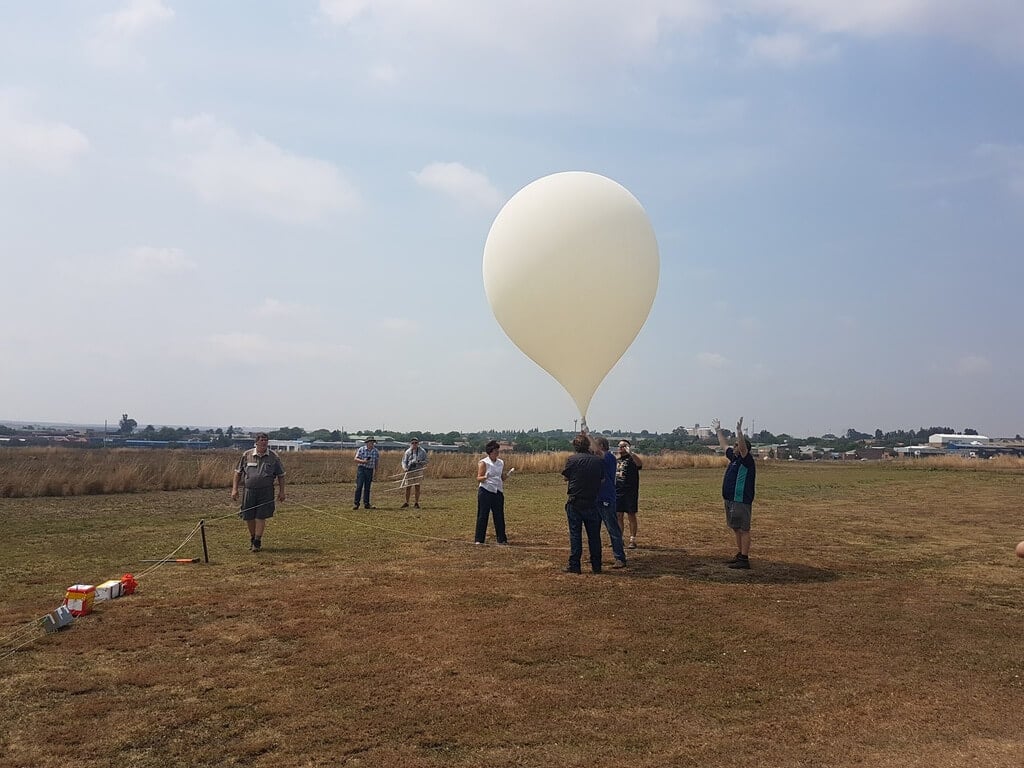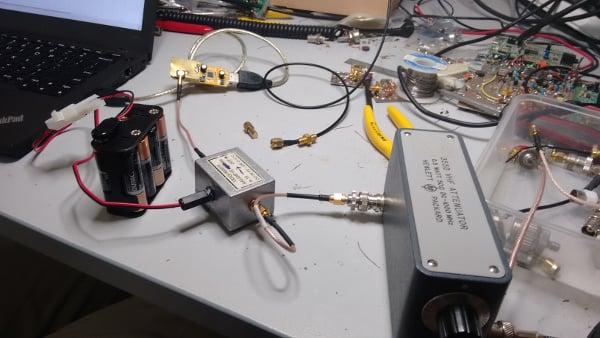Tracking Multiple Amateur Radio APRS Balloons with RTL-SDRs
Last month Jeff Deaton from "Edge of Space Sciences" (EOSS) presented a talk called "SDR Multi Balloon Tracking", where he discusses how EOSS are using RTL-SDR receivers to track their APRS high altitude balloons. EOSS is a Denver, Colorado based non-profit organization that promotes science and education by exploring frontiers in amateur radio and high altitude balloons. The talk overview reads:
Review of the software defined APRS system being used to track multiple balloon flights at EOSS. Overview of primary features like the graphical user interface and landing predictions as well as a discussion of the open source software used to power the system like GnuRadio, Dire Wolf, and Aprsc.
It appears that they've created some interesting software that they run on small portable computers that they take in chase vehicles. The software uses an RTL-SDR to receive the APRS signal from the high altitude balloons that they've launched, allowing them to track and predict the flight path, and ultimately recover the balloons and attached cameras.



